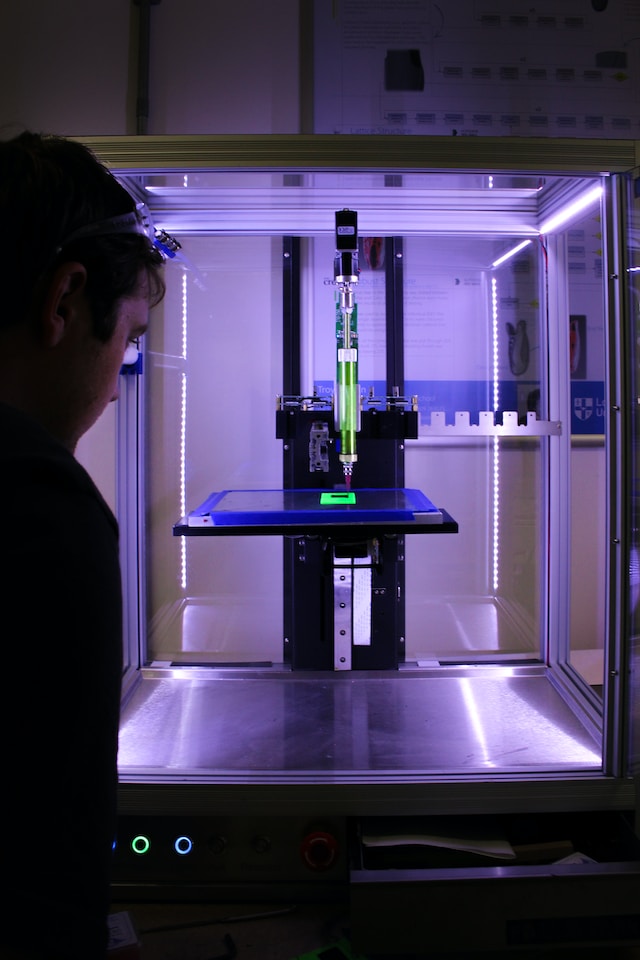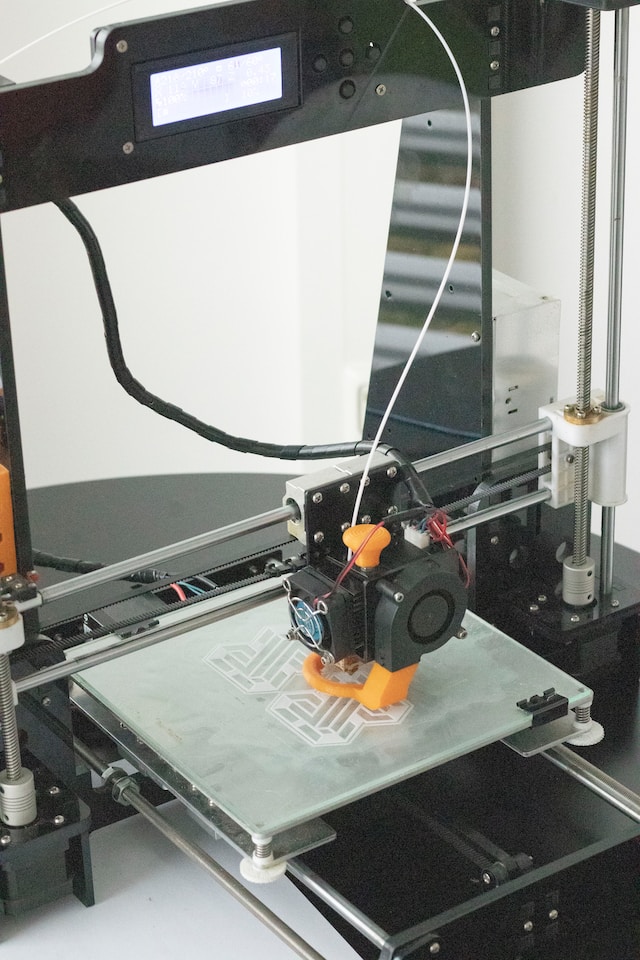In today’s fast-paced world of innovation, 3D product design is at the heart of modern manufacturing and industry. Australia, like many technologically advanced countries, has adopted digital design tools to stay competitive and efficient. Among the most powerful tools in this space is Computer-Aided Design (CAD) software. CAD software has changed the way products are conceptualised, developed, and brought to market. It allows designers and engineers to visualise ideas, refine concepts, and produce detailed designs with a level of accuracy that was previously unachievable.
The impact of CAD software in 3D product design is particularly significant in Australia’s growing design and manufacturing sectors. Across cities like Melbourne, Sydney, and Brisbane, industries from automotive to consumer electronics and medical devices rely heavily on 3D design technologies. This digital evolution has also given rise to a new wave of professionals and specialists like 3D printing experts in Australia who are instrumental in turning digital designs into physical prototypes and final products. The use of CAD software is often the first step in this process, allowing seamless integration between design and production.

Efficiency and Precision in Design
CAD software supports the creative and technical stages of product development by providing a platform where designers can experiment without physical cost. In Australia, where resources and efficiency are key for both start-ups and large corporations, the ability to model, simulate, and analyse products in a virtual environment is priceless. Designers can adjust dimensions, test materials, and study how a product will respond in real-world conditions. This predictive capability reduces development time and cost and improves product quality and functionality.
Customisation and Innovation
In 3D product design, CAD software plays a key role in customisation and innovation. Australian businesses are increasingly tailoring products to customer needs, and CAD tools make it easier to customise designs without having to start from scratch. This flexibility is particularly relevant in industries like medical device design, where individualised solutions like prosthetics and implants are required. Using CAD software, designers can easily modify base templates to suit each user’s unique requirements, speeding up production and improving patient outcomes.
Collaboration across Regions
Collaboration is another area where CAD software has changed the design process. In a country as big as Australia, design teams are often spread across multiple states or working with international partners. CAD platforms allow for easy file sharing, real-time updates, and feedback loops so projects can move forward regardless of location. Cloud-based CAD solutions are gaining popularity for their ability to centralise design work, so engineers and designers can collaborate from anywhere with an internet connection. This is particularly useful in Australia, where regional manufacturers and designers can now work with major city-based companies without the need for constant travel.

Connecting with Modern Manufacturing
And the connection between CAD software and other technologies like 3D printing, CNC machining, and virtual reality is creating a more streamlined design-to-production process. In Australia, this is helping companies get to market faster and make local products more competitive. By designing in CAD and exporting directly to a 3D printer or digital fabrication tool, the transition from digital model to physical prototype is faster and more accurate. This convergence of design and manufacturing technologies is leading to smarter manufacturing across the country.
Building for the Future
Education and training in CAD is also key to the future of 3D product design in Australia. Universities and TAFEs are increasingly including CAD and digital design in their engineering and design courses. As a result, a new generation of Australian designers is emerging with strong digital skills and the ability to navigate complex design challenges with the latest tools. This focus on digital skills development means Australia will continue to build a highly skilled workforce to meet the demands of future industries.